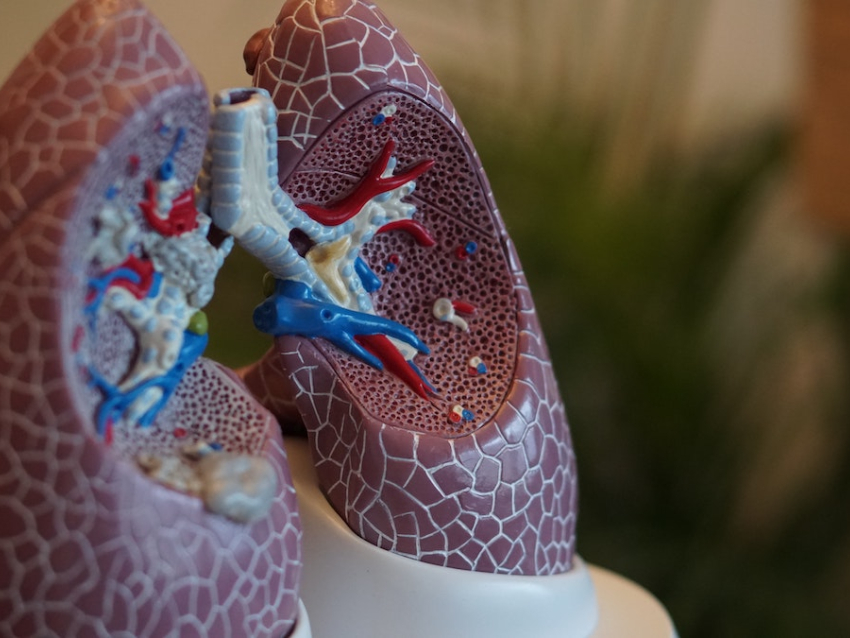
Research Highlight reveals the challenge of treating chronic respiratory infections in patients with Cystic Fibrosis.
The UK College of Pharmacy Research Publication Highlight for July, 2016 is to be published in the Journal of Cystic Fibrosis and is titled “Optimizing beta-lactam pharmacodynamics against Pseudomonas aeruginosa in adult cystic fibrosis patients”.
The project was conducted in the laboratory of Dr. David Burgess in the Pharmacy Practice and Sciences Department in the UK College of Pharmacy. Pharmacy resident Zachary Thompson led the study, while postdoctoral fellow Cliff Rutter, College of Pharmacy faculty member Craig Martin, and UK HealthCare Infectious Diseases clinical specialist Donna Burgess also contributed to the project.
Patients with Cystic Fibrosis (CF) fight recurrent respiratory infections of Pseudomonas aeurogonisa, a gram negative bacterium that is commonly resistant to antibiotics. Complicating matters further, the clearance of drugs commonly used to treat respiratory infections in CF patients is accelerated. Consequently, achieving the optimal levels of antibiotics required to kill the bacteria is difficult, if not impossible. In this study, the investigative team used published data of drug clearance in CF patients and clinical laboratory data for CF patients treated for respiratory infections at UK Healthcare to develop a mathematical model that predicts the efficacy of various dosing regimens. Thousands of simulations were conducted to compare the likelihood that any given dosing regimen would be effective. The results indicate that prolonged and continuous infusions of beta-lactams were more likely to be effective than a single, large dose in patients with CF. However, no dosing regimen was shown to be effective in more than 90% of cases.
“These studies highlight the benefit of computational modeling, not only in predicting which dosing regimens are most likely to be beneficial to patients, but also to guide the design of the clinical studies that are needed to optimize patient care and develop better, evidence-based guidelines in the treatment of respiratory infections in patients with CF,” said Gregory Graf, Assistant Dean for Translational Research.
